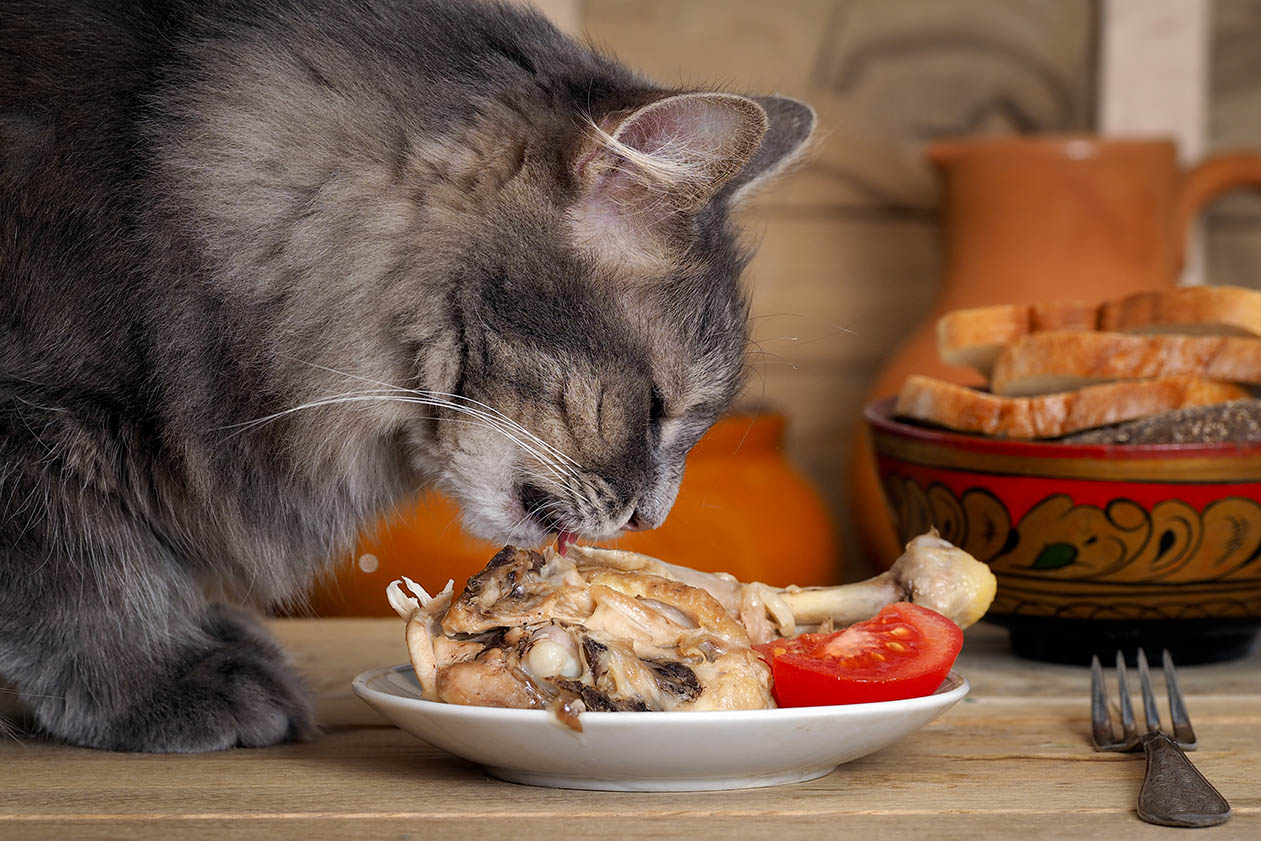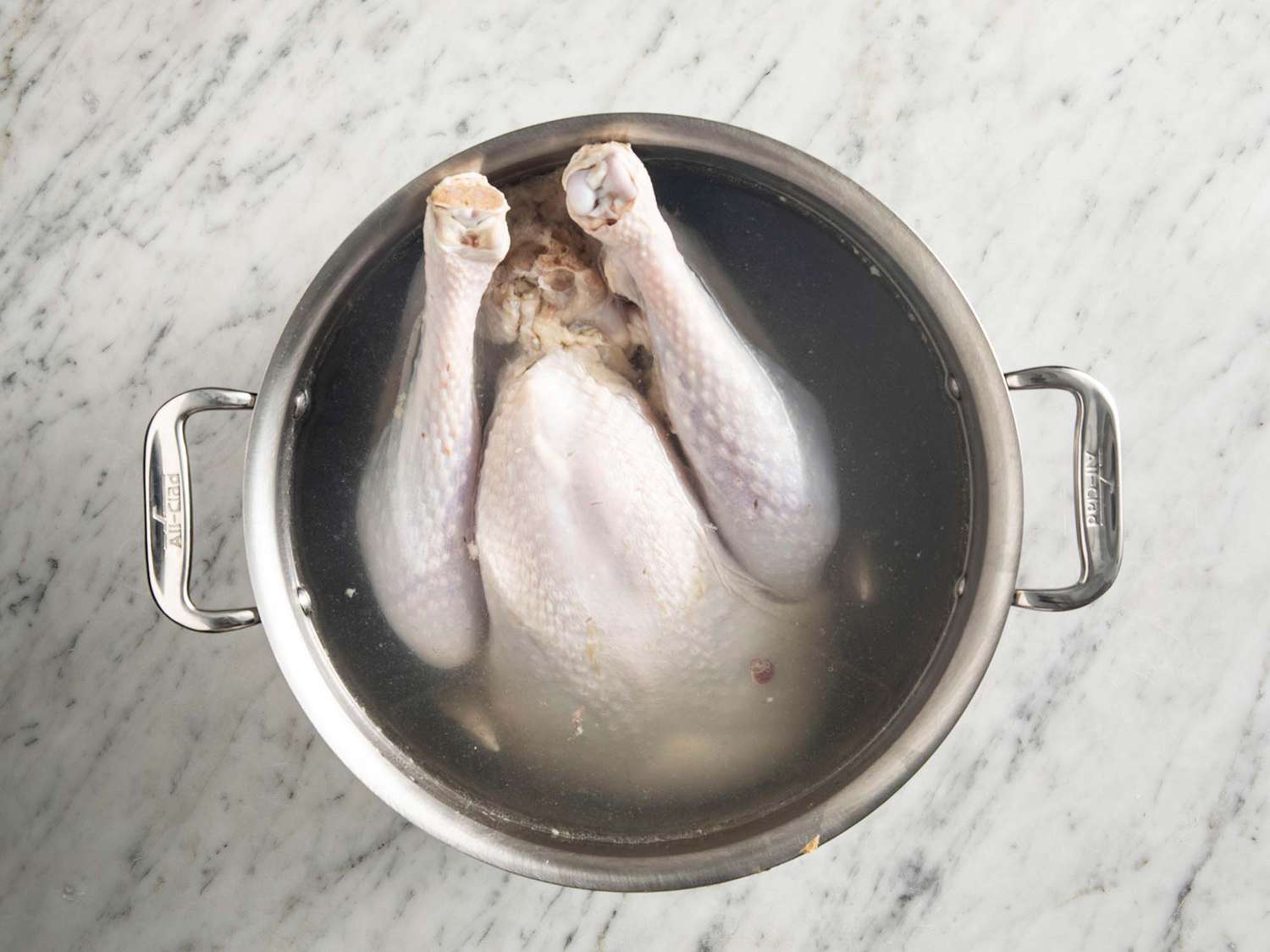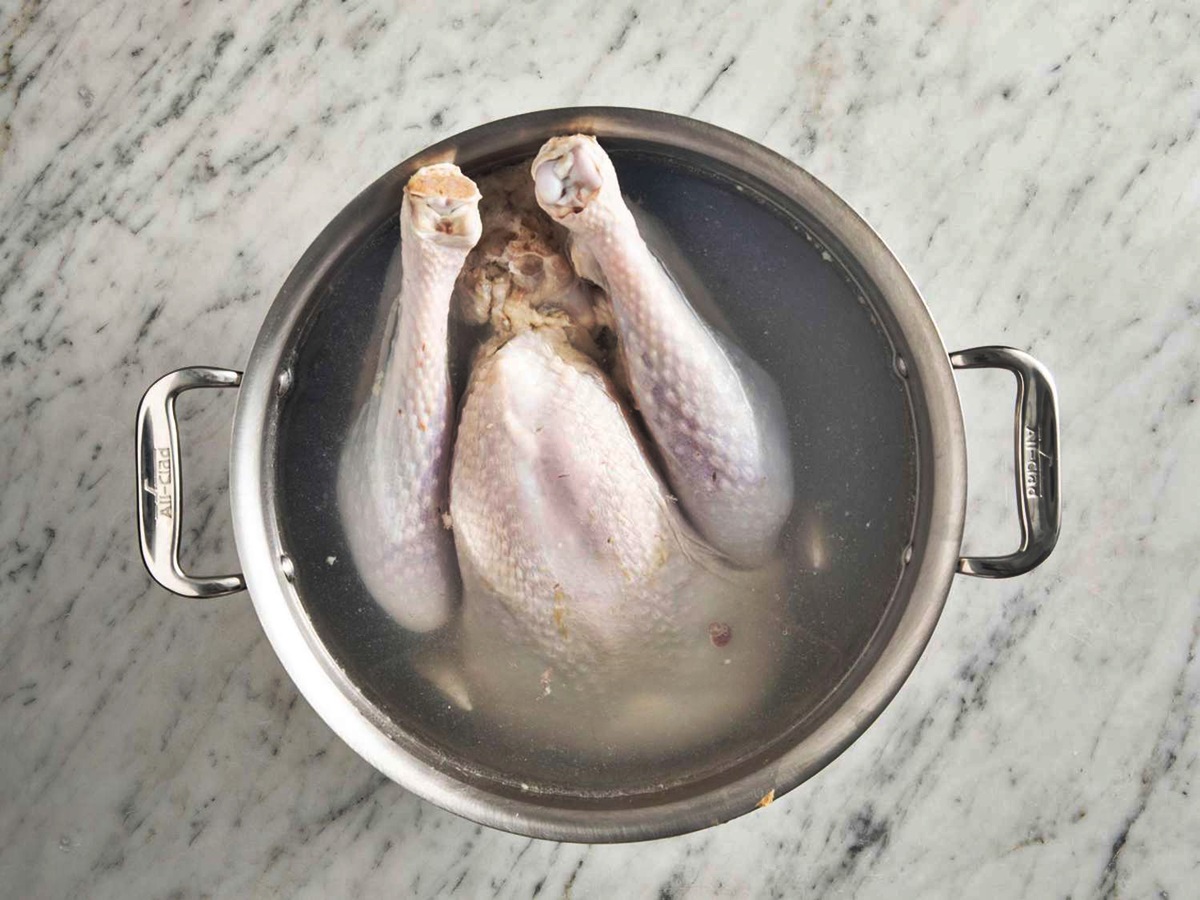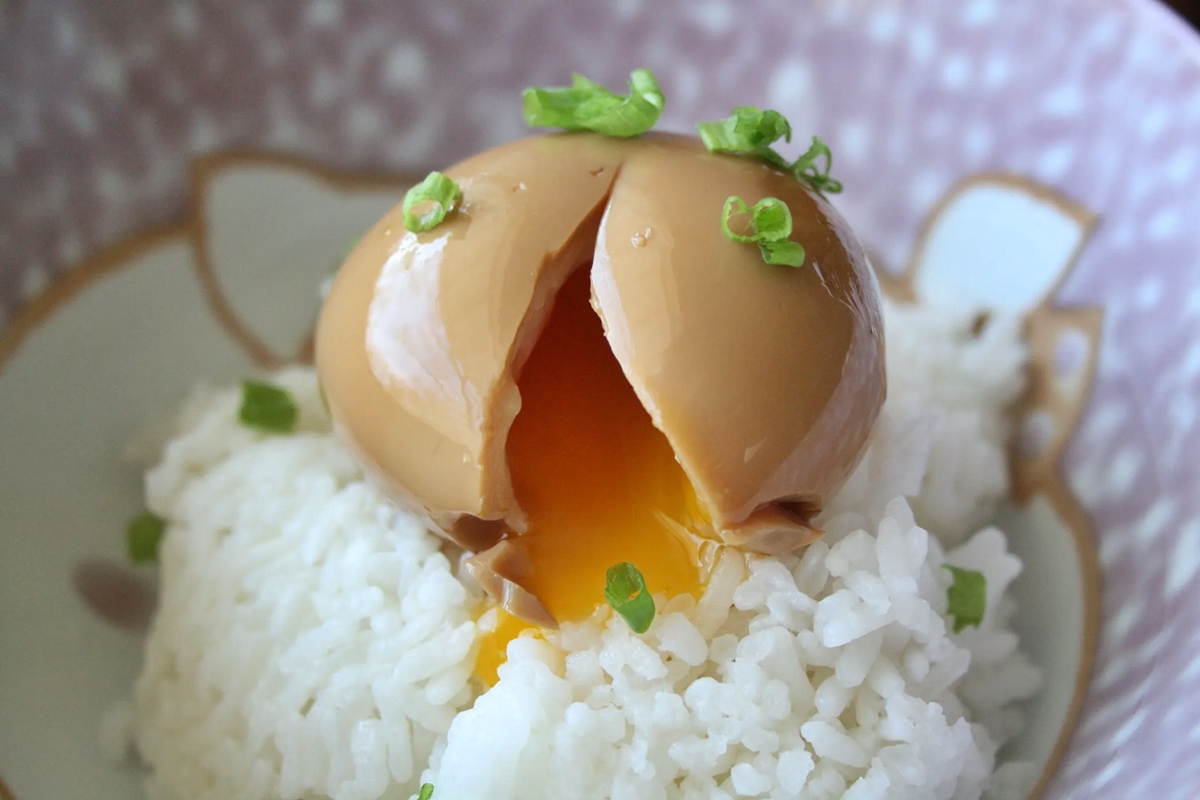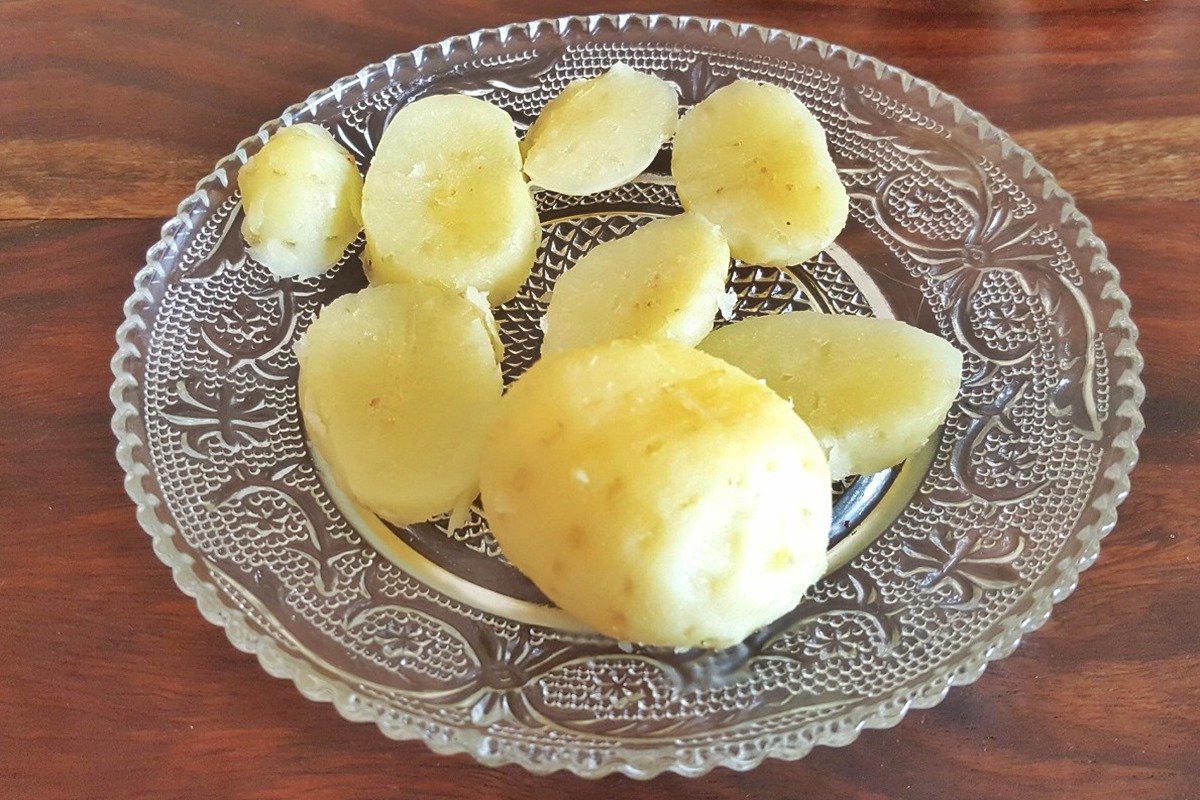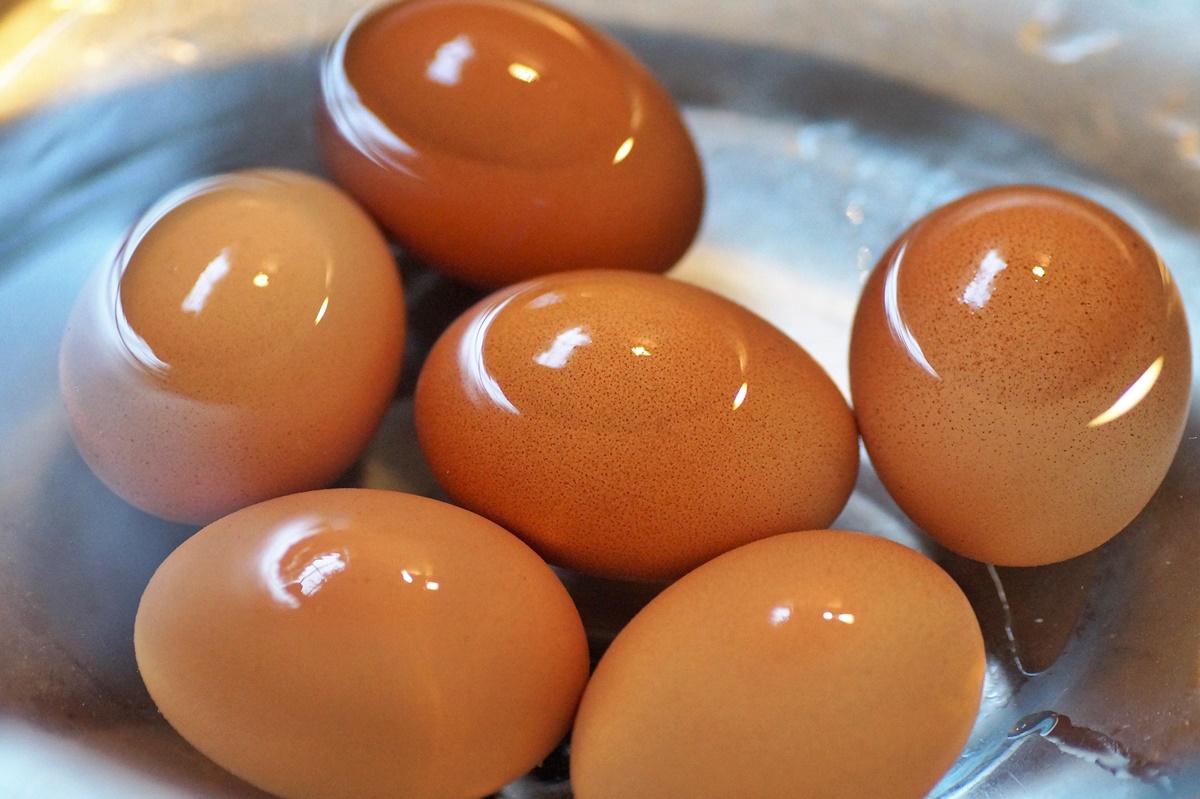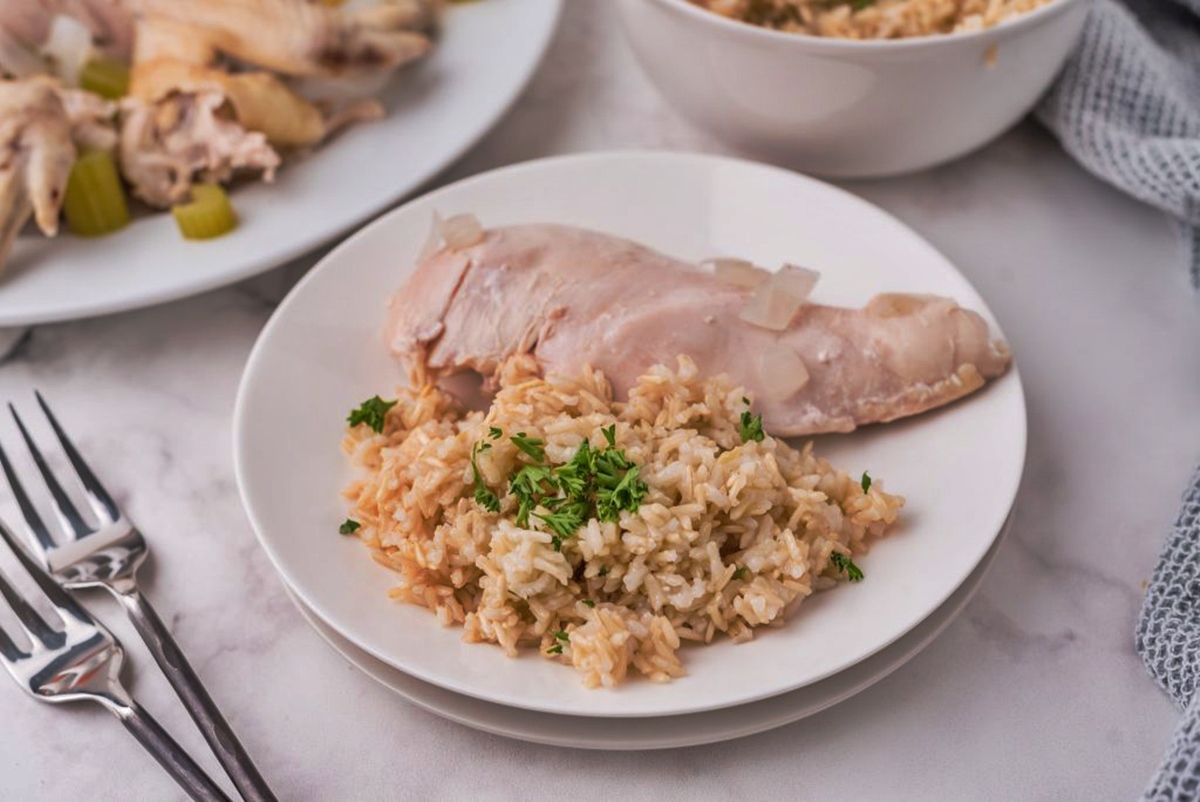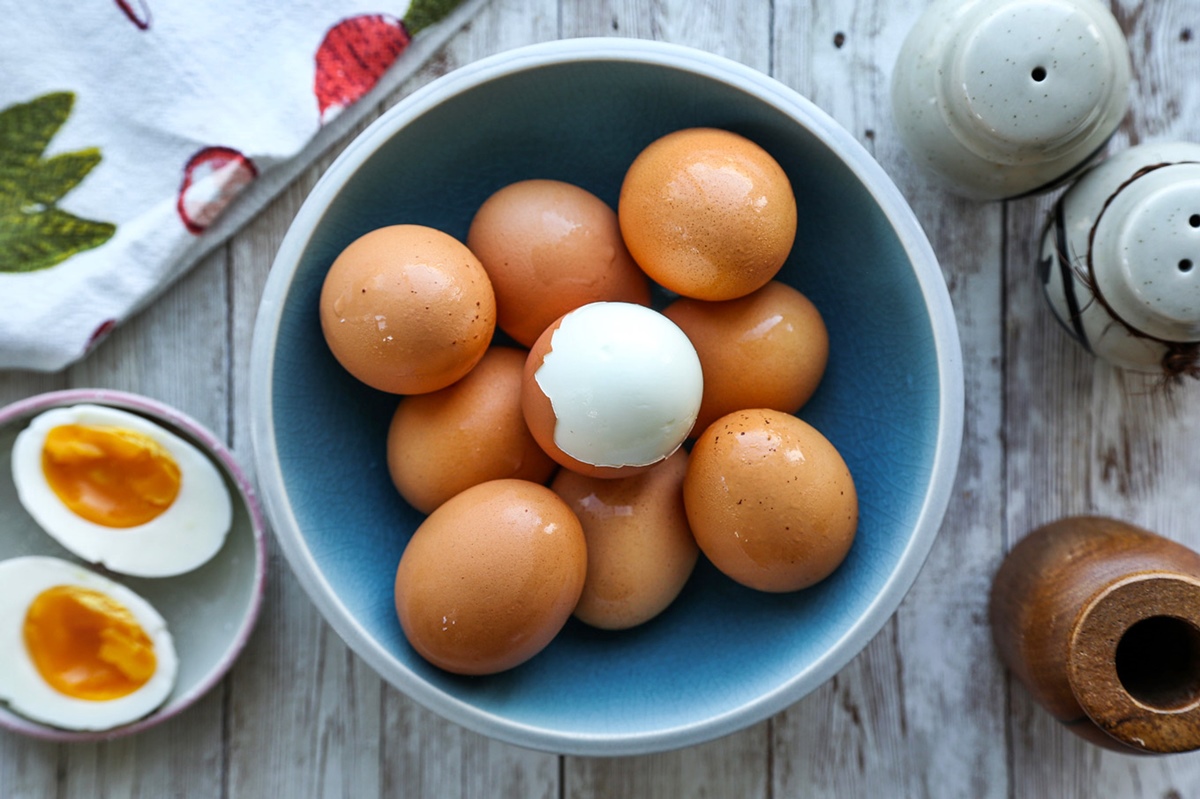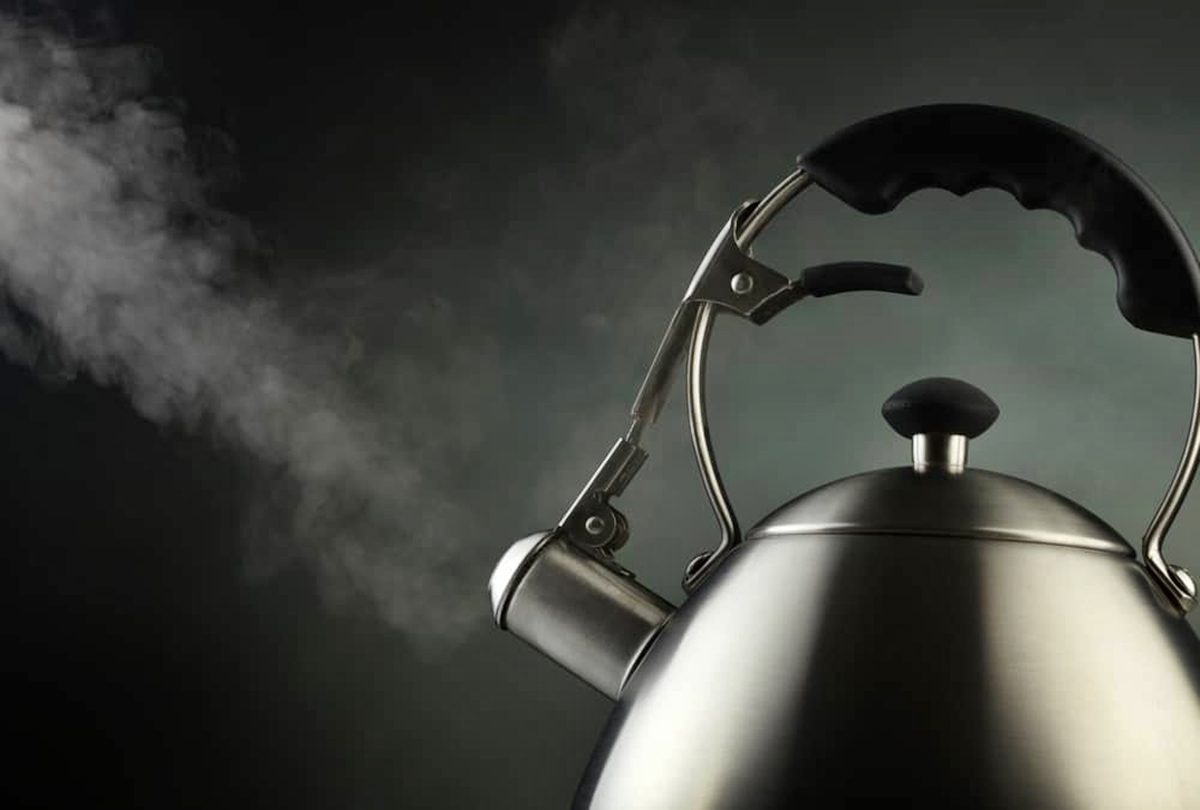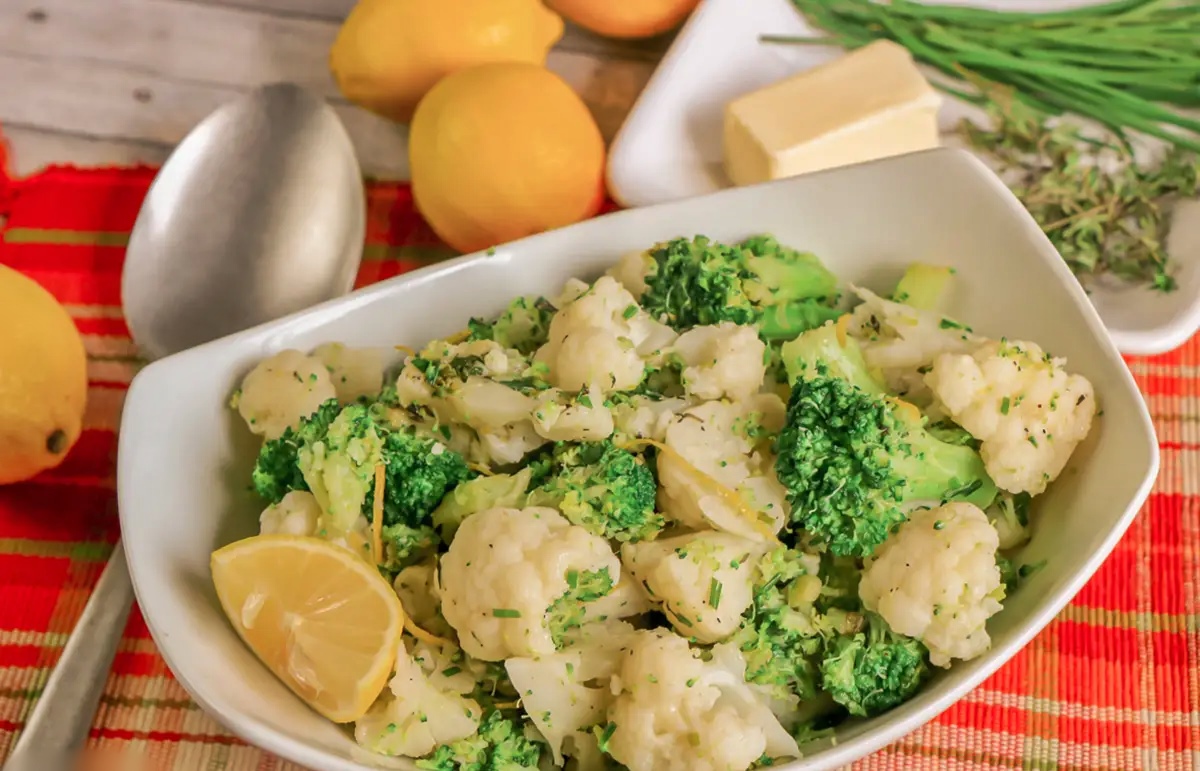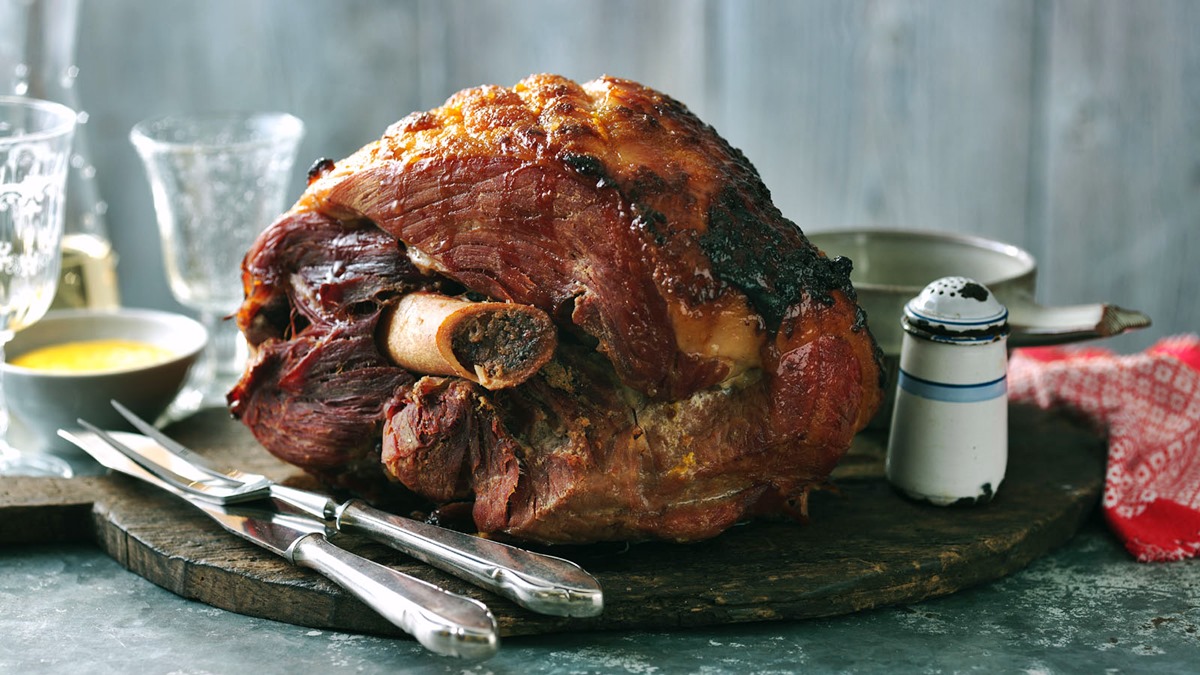Boiling rigatoni pasta might seem straightforward, but mastering this simple task ensures your dishes turn out perfectly every time. Whether you're whipping up a hearty Bolognese or a creamy Alfredo, the texture of your pasta can make or break the dish. In this guide, we'll walk you through the essential steps to achieve al dente rigatoni, that ideal 'firm to the bite' texture that Italian cuisine is famous for. From selecting the right pot to salting the water and timing the boil just right, we've got all the tips you need to elevate your pasta dishes from good to great.
Essential Ingredients for Perfect Rigatoni Pasta
- Rigatoni pasta
- Water
- Salt
Must-Have Kitchen Tools for Cooking Pasta
- Large pot
- Colander
- Wooden spoon
- Measuring cup
- Timer
For perfectly boiled rigatoni, use plenty of water—about 4 quarts per pound of pasta. Salt water generously, then cook until al dente, usually 12-14 minutes, stirring occasionally.
The Art of Boiling Pasta: Why It Matters
Boiling rigatoni pasta perfectly is essential for creating delicious dishes. This process involves cooking pasta in boiling water until it reaches the ideal texture, known as al dente. Achieving this texture ensures that the pasta is neither too hard nor too soft, providing a satisfying bite and enhancing the overall flavor of the meal.
Understanding the right way to boil rigatoni involves timing, water-to-pasta ratio, and salt addition. These elements work together to maximize flavor and prevent the pasta from sticking together. Mastering this technique is a fundamental skill for any aspiring chef, as it lays the foundation for countless pasta dishes.
Your Ultimate Guide to Cooking Rigatoni Pasta
-
Fill a large pot with water, using about 4 quarts of water for every pound of rigatoni pasta.
-
Add salt to the water. For every 4 quarts of water, use 2 tablespoons of salt. This enhances the pasta's flavor.
-
Bring the water to a rolling boil over high heat. You'll know it's ready when bubbles vigorously break the surface.
-
Add the rigatoni pasta to the boiling water. Stir gently to prevent the pasta from sticking together.
-
Boil the pasta, uncovered, stirring occasionally to keep the pieces from sticking to each other or to the pot.
-
Check the pasta's doneness at about 8 minutes by tasting a piece. Rigatoni should be al dente, which means it is cooked through but still has a slight firmness to it.
-
Drain the pasta in a colander once it's cooked to your liking. Avoid rinsing to preserve the pasta's natural starches, which help sauces cling to it better.
-
Serve immediately with your chosen sauce or topping for the best texture and taste.
Mastering Rigatoni Perfection
Boiling rigatoni pasta might seem straightforward, yet mastering its texture is an art. Remember, salt your water generously for flavor, keep an eye on the clock to avoid overcooking, and stir occasionally to prevent sticking. Achieving that perfect al dente texture means tasting a piece before draining. Don't forget, reserve a cup of pasta water for your sauce; it's a chef's secret for creating silky, well-embraced sauces that cling to your pasta beautifully. Lastly, integrating your pasta into the sauce for the last few minutes of cooking ensures flavors meld wonderfully. With these tips, you're not just boiling pasta; you're crafting a delightful dish that speaks volumes of your culinary care and expertise. So, grab your pot, and let's make some rigatoni magic happen in your kitchen tonight!
More Delicious Rigatoni Recipes to Try
Once you've mastered the art of boiling rigatoni pasta, a whole world of culinary possibilities opens up. From traditional sauces to creative concoctions, each recipe offers a unique way to showcase your pasta-cooking skills. For a classic choice, try the Classic Marinara Rigatoni, a dish where the simplicity of the sauce highlights the pasta's perfect texture. Adventurous cooks might gravitate towards the Rigatoni alla Vodka, where the pasta absorbs the rich, creamy sauce for a decadent meal. If you're looking for comfort food, the Creamy Alfredo Rigatoni is a must-try, combining creamy cheese and butter for a heartwarming dish. These recipes not only utilize your new skill but also encourage you to further experiment and refine your pasta dishes.
All Your Questions About Rigatoni Pasta Answered
What's the best way to boil rigatoni pasta?
Start by filling a large pot with water, roughly 4-6 quarts per pound of pasta. Crank up the heat until you've got a rolling boil, then salt the water generously. This is your chance to infuse the rigatoni with a bit of flavor from the get-go. Toss in the pasta, give it a good stir to prevent sticking, and let it cook. Keep an eye on the clock—about 12-15 minutes should do it, but taste testing a piece is the foolproof method to ensure it's perfectly al dente.
How much salt should I add to the pasta water?
Don't be shy with the salt! For every gallon of water, aim for about 1-2 tablespoons. It might sound like a lot, but it's key to bringing out the pasta's flavor. Think of it as seasoning the rigatoni from the inside out.
Can I add oil to the pasta water?
While some folks swear by adding oil to keep pasta from sticking, it's not necessary. A good stir at the beginning and occasionally while cooking should keep those rigatoni tubes from clumping together. Save your oil for a tasty sauce instead.
What's the right water to pasta ratio?
You'll want plenty of space for your rigatoni to dance around in, so a good rule of thumb is using about 4-6 quarts of water for every pound of pasta. Too little water and you'll find the pasta sticking together or cooking unevenly.
How do I know when the rigatoni is done?
The best test is the taste test. Around the 12-minute mark, fish out a piece of rigatoni, let it cool off a bit, then give it a taste. You're looking for a firm, chewy texture, not mushy. If it's got a slight bite to it but isn't hard in the center, you've hit the al dente jackpot.
Should I rinse the pasta after draining it?
Rinsing is a no-go if you're planning to serve your rigatoni with sauce. The starch on the surface of the pasta helps sauces cling better, making each bite more flavorful. Only rinse if you're using the pasta for a cold salad, as it stops the cooking process and prevents sticking.
How can I prevent the pasta from sticking after draining?
If your rigatoni is going straight into a sauce, sticking shouldn't be a problem. But if there's a delay, a quick toss with a bit of olive oil or sauce can keep things from getting clumpy. Just remember, if you're going for perfect sauce adhesion, skip the oil and aim to mix it with your sauce ASAP.
Was this page helpful?
Read Next: How To Boil Turkey Necks In Crab Boil
